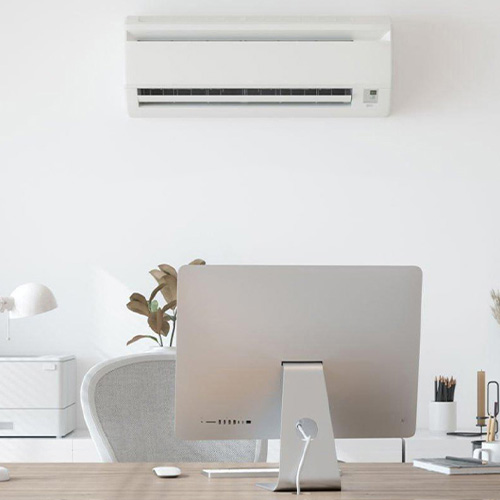Nov

Troubleshooting Air Con Leaking Water
One of the most common reasons for an air conditioning unit to leak water is a clogged drain line. Over time, dust, dirt, and debris can accumulate in the drain line, causing water to back up and overflow. To fix this issue, you can use a wet/dry vacuum to suck out any debris clogging the drain line. Alternatively, you can use a wire brush or a pipe cleaner to remove the blockage manually.
Another reason for aircon leaking water is a frozen evaporator coil. When the evaporator coil freezes, it can cause excess water to drip and leak from the unit. To fix this issue, you should turn off the air conditioner and allow the ice to melt completely. Once the ice has melted, you can turn on the unit again and check if the problem persists.
Low refrigerant levels can also cause aircon leaking water. If the refrigerant levels are low, the evaporator coil can freeze and cause the unit to leak water. To fix this issue, you should call a professional air conditioning technician to inspect and recharge the refrigerant levels.
In conclusion, aircon leaking water can be a sign of several problems that require immediate attention. If you notice your air conditioning unit is leaking water, it's essential to troubleshoot and fix the issue promptly to prevent further damage and costly repairs. If you're unable to fix the issue on your own, it's recommended to call a professional air conditioning technician to inspect and repair your unit.

 Login
Login 




